
Vasily Alekseyevich Degtyaryov was a Russian engineer who specialised in weapons design.
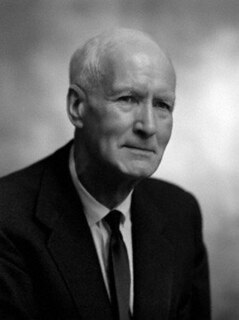
Christopher Hinton, Baron Hinton of Bankside was a British nuclear engineer, and supervisor of the construction of Calder Hall, the world's first large-scale commercial nuclear power station.

Earl Poulett(pronounced "Paulett") was a title in the Peerage of England. It was created in 1706 for John Poulett, 4th Baron Poulett. The Poulett family descended from Sir Anthony Paulet, son of Sir Amias Paulet, who served as Governor of Jersey and as Captain of the Guard to Queen Elizabeth I. The ancestral family seat was Hinton House in the village of Hinton St George, Somerset.
Poulett is a surname and given name. Notable people with the name include:

John Poulett, 1st Baron Poulett, of Hinton St George, Somerset, was an English sailor and politician who sat in the House of Commons between 1610 and 1621 and was later raised to the peerage.

Sir John Fowell, 2nd Baronet of Fowelscombe in the parish of Ugborough in Devon, was thrice elected a Member of Parliament for Ashburton in Devon, between 1659 and 1677. He fought in the Parliamentary army during the Civil War and following the Restoration of the Monarchy was appointed in 1666 by King Charles II Vice-Admiral of Devon.

John Poulett, 4th Earl Poulett KT, styled Viscount Hinton between 1764 and 1788, was a British peer and militia officer.

Colonel John Poulett, 5th Earl Poulett, styled Viscount Hinton from 1788 to 1819, was an English peer and militia officer.

Hinton House is a large country house near Hinton St George in Somerset, England.
Sir John Sydenham, 2nd Baronet (1643–1696) was an English politician who sat in the House of Commons at various times between 1665 and 1679.
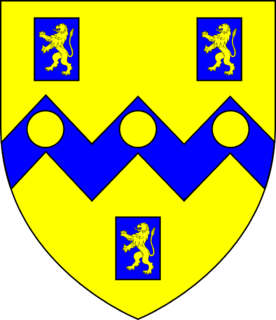
Denys Rolle (1614–1638) of Bicton and Stevenstone in Devon was Sheriff of Devon in 1636. He was one of the biographer John Prince's Worthies of Devon.

Great Fulford is an historic estate in the parish of Dunsford, Devon. The grade I listed manor house, known as Great Fulford House, is about 9 miles west of Exeter. Its site was said in 1810 to be "probably the most ancient in the county". The present mansion house is Tudor with refurbishment from the late 17th century and further remodelling from about 1800. The prefix "Great" dates from the late 17th century and served to distinguish it from the mansion house known as "Little Fulford" in the parish of Shobrooke, Devon, about 8 miles to the north-east, also owned briefly by Col. Francis Fulford (1666–1700), as a result of his marriage to the heiress of the Tuckfield family. Great Fulford has been the residence of the Fulford family, which took its name from the estate, from the reign of King Richard I (1189–1199) to the present day. There are thus few, if any, families in Devonshire of more ancient recorded origin still resident at their original seat. In 2004 the estate comprised 3,000 acres.
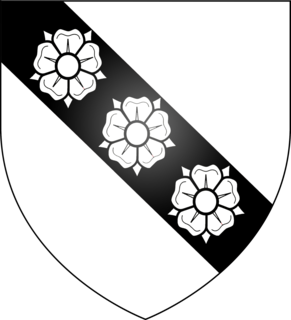
Sir William Cary (1437–1471) of Cockington and Clovelly in Devon was a member of the Devonshire gentry. He was beheaded after the defeat of the Lancastrians at the Battle of Tewkesbury in 1471.

Gittisham is an historic manor largely co-terminous with the parish of Gittisham in Devon, England, within which is situated the village of Gittisham. The capital estate is Combe, on which is situated Combe House, the manor house of Gittisham, a grade I listed Elizabethan building situated 2 1/4 miles south-west of the historic centre of Honiton and 3 1/4 miles north-east of the historic centre of Ottery St Mary.

William John Lydston Poulett, 7th Earl Poulett was an English peer and British Army officer.

William Henry Poulett, 6th Earl Poulett was an English peer, landowner, army officer, and racehorse owner. In the House of Lords he was a Conservative.
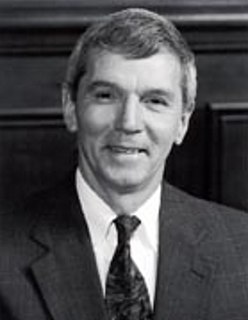
Leroy Stevenson (Skipp) Fletcher is an American mechanical and aerospace engineer, and college dean, who served as the 104th president of the American Society of Mechanical Engineers in 1985-86, and was recipient of the 2002 ASME Medal.
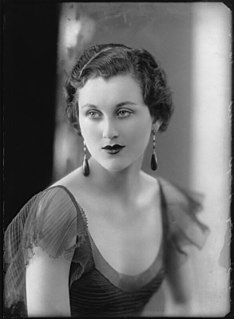
Lady Bridget Elizabeth Felicia Henrietta Augusta Poulett, was an English socialite, sometime model of Cecil Beaton.
Peregrine Poulett, of Hinton St. George, Somerset, was a British politician who sat in the House of Commons between 1737 and 1752.

Sylvia Lillian, Countess Poulett was a British actress and dancer, a Gaiety Girl who married an Earl and became known as The Countess Poulett.